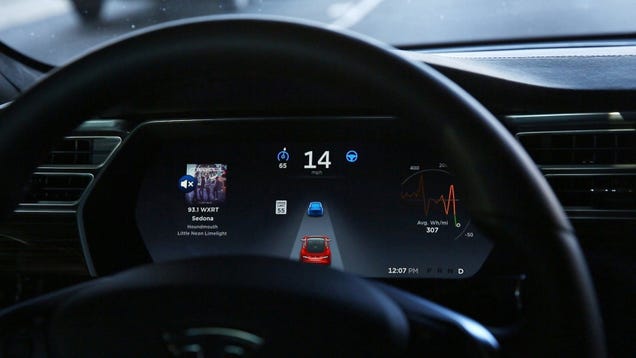Understanding Tesla’s Full Self-Driving: A Closer Look at Its Capabilities and Limitations
The automotive industry is undergoing a significant transformation, with Tesla at the forefront of this evolution through its Full Self-Driving (FSD) technology. While the company has made bold claims about the capabilities of its driver assistance system, a closer examination reveals a more complex picture. This article delves into the intricacies of Tesla’s FSD, addressing common questions and concerns while providing insights into its current state and future potential.
Evaluating the Claims of Full Self-Driving
Tesla has marketed its Full Self-Driving system as a revolutionary advancement in automotive technology, promising capabilities such as navigating through traffic, managing highway driving, and even handling complex urban environments. However, the reality of FSD’s performance often falls short of these ambitious claims. Recent studies indicate that while the system can assist with certain driving tasks, it is not yet capable of fully autonomous operation.
For instance, a report from the National Highway Traffic Safety Administration (NHTSA) highlighted that Tesla’s FSD has been linked to over 200 crashes, raising concerns about its reliability and safety. This statistic underscores the importance of understanding the limitations of the technology, particularly for consumers who may be misled by the marketing narrative.
What Are the Real-World Limitations of Tesla’s FSD?
One of the most pressing concerns regarding Tesla’s Full Self-Driving technology is its performance in real-world scenarios. Despite its name, FSD is not fully autonomous; it requires constant supervision from the driver. The system struggles in complex environments, such as tunnels or poorly marked roads, where it can become confused and fail to respond appropriately. For example, a recent incident revealed that FSD could only navigate 13 miles in a challenging urban setting before requiring driver intervention.
Moreover, the system’s reliance on cameras and sensors can lead to challenges in adverse weather conditions. Rain, snow, or fog can impair the sensors’ effectiveness, resulting in reduced performance and increased risk. This raises important questions for potential users: How safe is it to rely on a system that may not perform optimally in all conditions?
The Safety Debate: Are the Risks Worth the Rewards?
The safety implications of Tesla’s FSD technology cannot be overstated. While the promise of reduced accidents and improved traffic flow is appealing, the reality is that the system has been involved in several high-profile incidents. Critics argue that the marketing of FSD as a near-autonomous solution may lead drivers to become complacent, increasing the likelihood of accidents.
In contrast, proponents of the technology emphasize its potential to reduce human error, which is a leading cause of traffic accidents. They argue that as the technology matures and receives updates, its safety profile will improve. However, this optimistic view must be balanced with a critical understanding of the current limitations and risks associated with the system.
What Does the Future Hold for Tesla’s Full Self-Driving?
As Tesla continues to refine its Full Self-Driving technology, the future remains uncertain. The company is actively working on software updates and improvements, with the goal of achieving full autonomy. However, regulatory hurdles and public skepticism may pose significant challenges. The NHTSA and other regulatory bodies are closely monitoring the performance and safety of FSD, which could impact Tesla’s ability to market the system as fully autonomous.
Additionally, competition in the autonomous driving space is intensifying, with companies like Waymo and Cruise making significant strides in developing their own technologies. This competitive landscape may push Tesla to accelerate its development efforts, but it also raises questions about the sustainability of its current approach.
Navigating the Landscape of Autonomous Driving
For consumers considering Tesla’s Full Self-Driving technology, it is crucial to approach the decision with a well-informed perspective. Understanding the capabilities and limitations of the system is essential for making safe and responsible choices. As the technology evolves, staying updated on advancements and regulatory changes will be key to navigating the landscape of autonomous driving.
In summary, while Tesla’s Full Self-Driving technology represents a significant step forward in automotive innovation, it is essential to recognize that it is not without its challenges. By critically evaluating the claims, understanding the limitations, and staying informed about future developments, consumers can make better decisions regarding the adoption of this technology.

